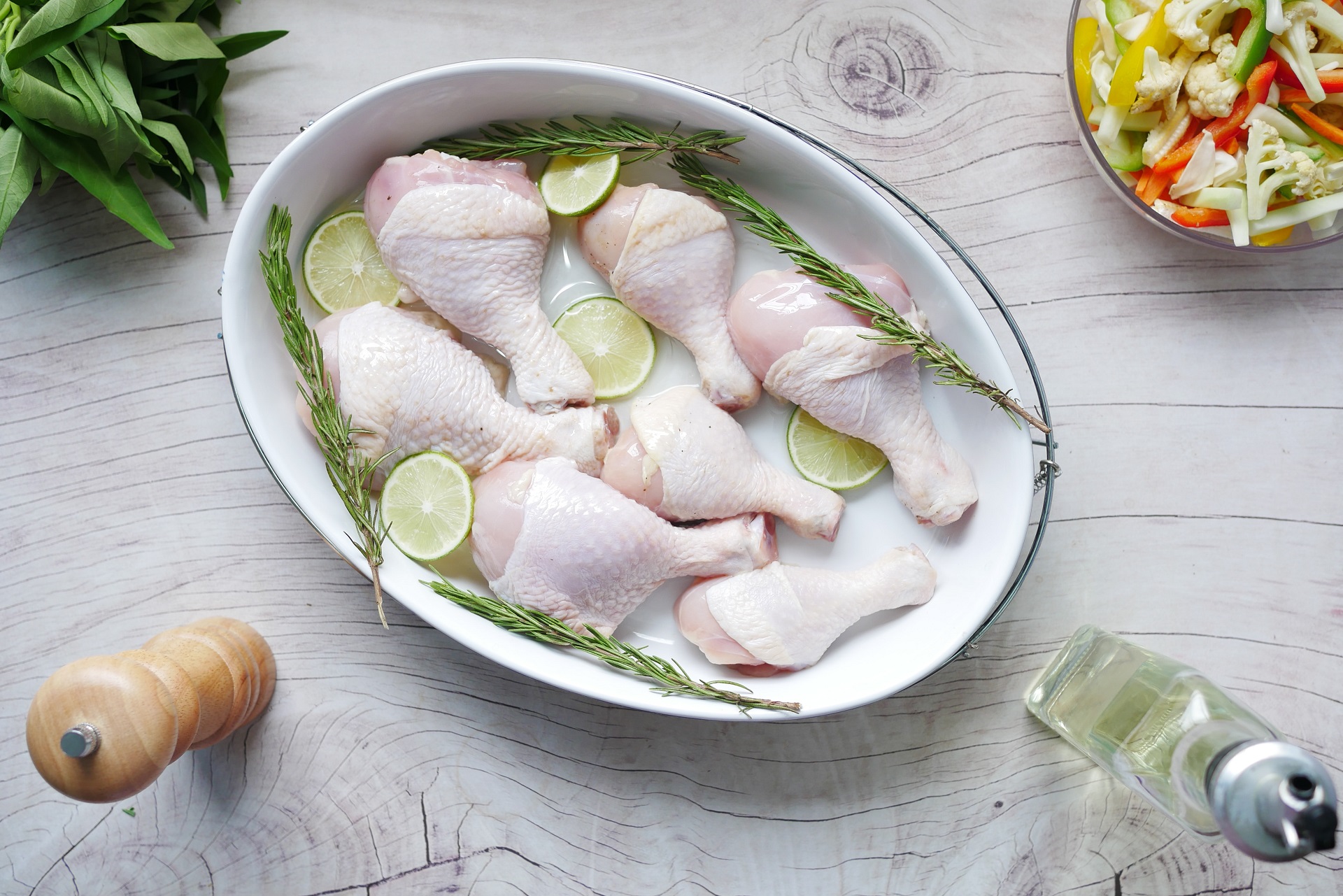
Are you a die-hard chicken lover who can't resist a perfectly grilled chicken breast or a succulent roast chicken? If so, you are in the right place! In this comprehensive guide, we will walk you through the essential steps to properly handle and store poultry, ensuring that you enjoy delicious chicken dishes without compromising on safety.
Handling poultry correctly is crucial to prevent the spread of harmful bacteria and ensure that your meals are safe to eat. From purchasing fresh chicken to storing leftovers, we will provide you with expert tips and best practices to follow.
Whether you're a seasoned chef or a beginner in the kitchen, this guide is designed to help you develop a deeper understanding of how to handle poultry with care. So, get ready to embark on a journey to becoming a chicken handling pro! Let's dive in and discover the ultimate chicken lover's guide to properly handling and storing poultry.
Properly handling and storing poultry is of utmost importance to ensure the safety of your meals. Foodborne illnesses, such as Salmonella and Campylobacter, can be transmitted through improperly handled poultry, leading to symptoms like diarrhea, vomiting, and abdominal pain. By following the correct practices, you can significantly reduce the risk of foodborne illnesses and enjoy your favorite chicken dishes worry-free.
To ensure the safety of poultry products, various food safety regulations are in place. These regulations govern everything from the production and processing of poultry to the labeling and handling practices. Familiarizing yourself with these regulations will help you make informed decisions when purchasing and handling poultry.
Mishandling and improper storage of poultry can have serious consequences. When poultry is not handled correctly, harmful bacteria can multiply, leading to foodborne illnesses. Additionally, improper storage can cause poultry to spoil, resulting in an unpleasant taste and smell. It's essential to understand the risks associated with mishandling and improper storage and take the necessary precautions to protect yourself and your loved ones.
When it comes to handling raw poultry, there are a few key techniques to keep in mind. Firstly, always ensure that your hands, utensils, and surfaces are clean before and after handling poultry. This helps to prevent cross-contamination and the spread of harmful bacteria. Secondly, use separate cutting boards and knives for raw poultry to avoid cross-contamination with other ingredients. Lastly, be mindful of the temperature danger zone (40°F - 140°F) and minimize the time poultry spends in this range to prevent bacterial growth.
Proper storage is crucial to maintain the quality and safety of poultry. When storing raw poultry, it is recommended to keep it in the refrigerator at a temperature below 40°F. If you plan to store it for more than a couple of days, consider placing it in the freezer. Cooked poultry should also be stored in the refrigerator, preferably in airtight containers to prevent cross-contamination.
Cross-contamination is a common concern when handling poultry. To prevent the spread of harmful bacteria, it's important to follow a few simple tips. Firstly, store raw poultry separately from other foods in the refrigerator, preferably on the bottom shelf to prevent any drippings from contaminating other items. Secondly, use separate cutting boards and utensils for raw poultry and other ingredients to avoid cross-contamination. Lastly, always wash your hands thoroughly with soap and water after handling raw poultry to minimize the risk of spreading bacteria.
Knowing the signs of spoiled poultry is essential to avoid consuming unsafe food. Some common indicators of spoiled poultry include a foul odor, slimy texture, and discoloration. If you come across any of these signs, it is best to discard the poultry immediately to prevent foodborne illnesses. Trust your senses and prioritize food safety when it comes to handling and consuming poultry.
Thawing frozen poultry properly is crucial to maintain its quality and safety. The safest method for thawing poultry is to do so in the refrigerator. This allows for a slow and controlled thawing process, minimizing the risk of bacterial growth. If you're in a hurry, you can also use the cold water thawing method or the microwave, but it's essential to follow the recommended guidelines to ensure food safety.
To maintain the quality and safety of poultry, it's important to be aware of the recommended storage times. Fresh poultry should be consumed within 1-2 days if stored in the refrigerator, while cooked poultry can be safely stored for 3-4 days. If you're planning to keep poultry for a longer period, freezing is the best option. Frozen poultry can remain safe to eat for several months, but it's recommended to consume it within 9-12 months for the best quality.
Congratulations! You've successfully completed the chicken lover's guide to properly handling and storing poultry. By following the expert tips and best practices outlined in this guide, you're well-equipped to handle poultry with care and ensure the safety of your meals. Remember to always prioritize food safety, from purchasing fresh chicken to storing leftovers. With your newfound knowledge, you can confidently enjoy delicious chicken dishes without any worries. So go ahead, fire up the grill or preheat the oven, and let your love for chicken shine through in every perfectly cooked and safely handled meal. Happy cooking!